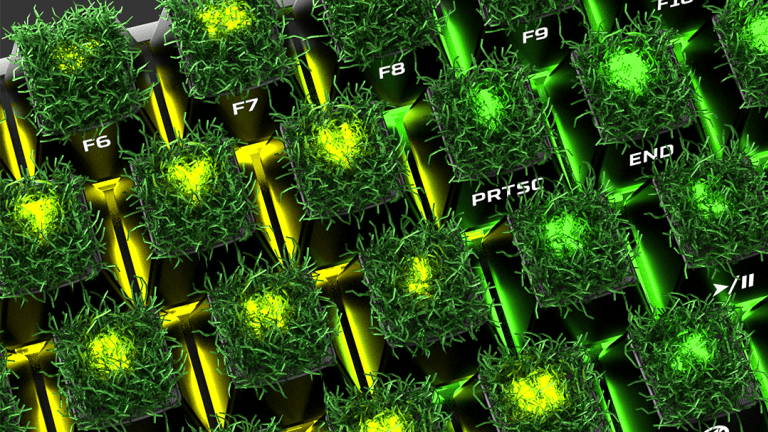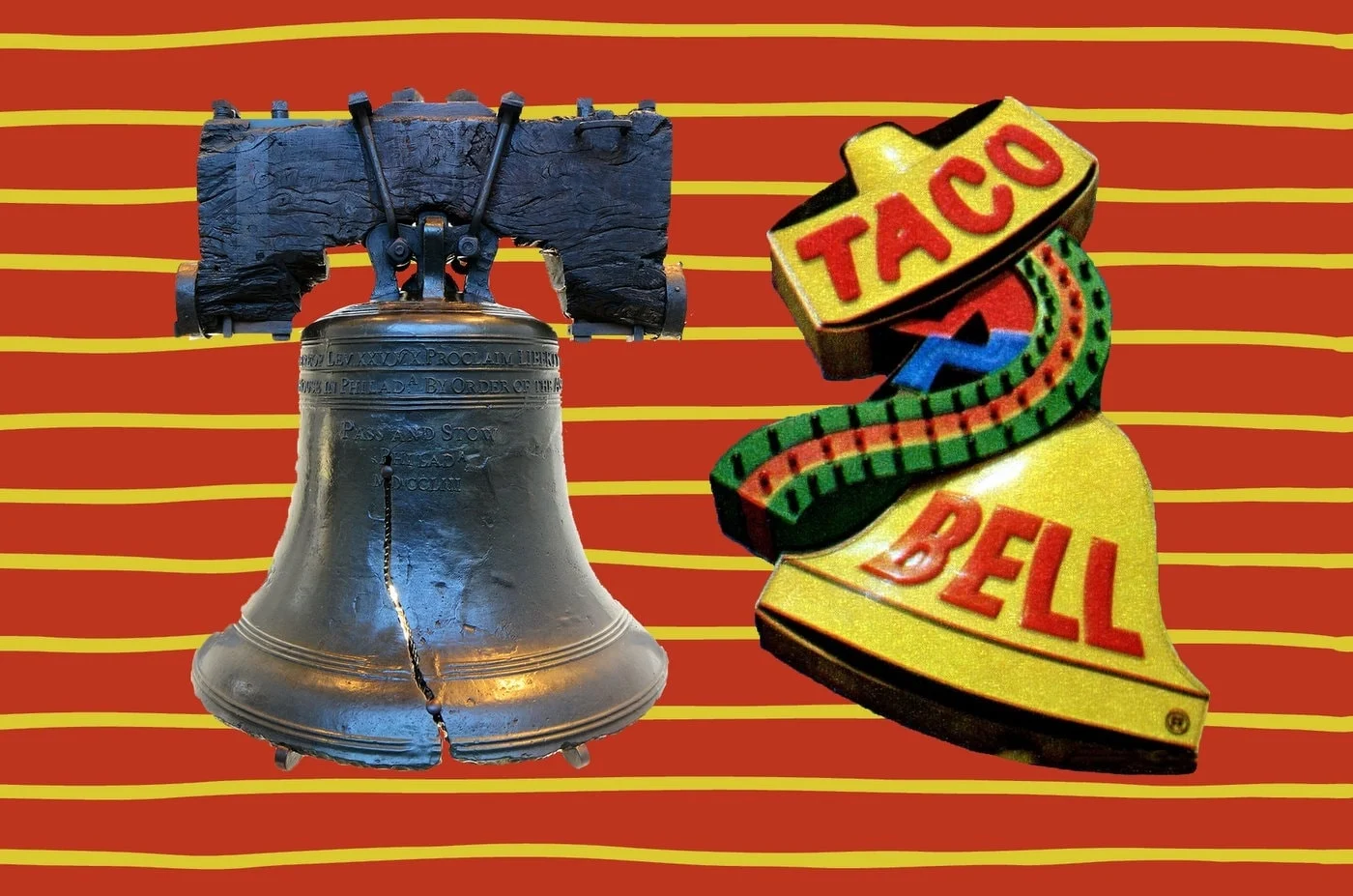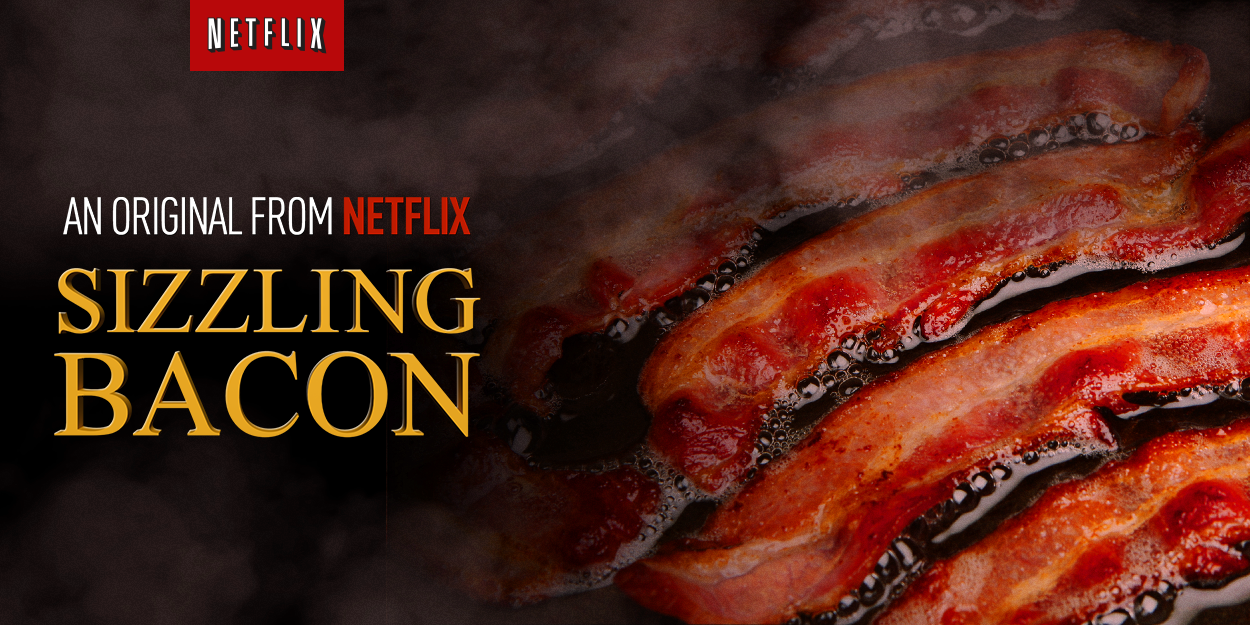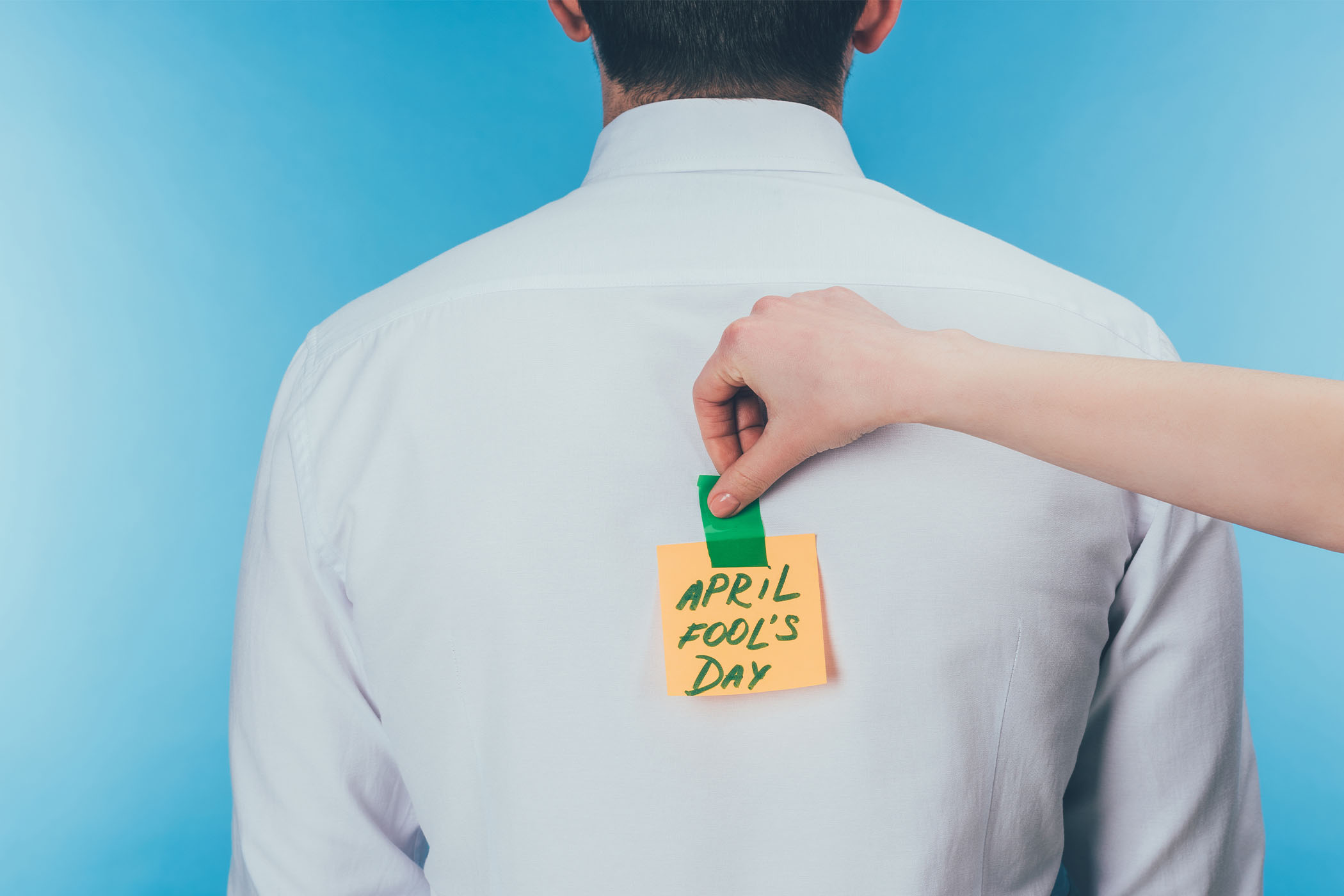Every year on April 1st, brands from all over the globe roll up their sleeves, put on their jester hats, and attempt one of the most challenging marketing feats of the year: the perfect April Fools’ prank.
It’s a tricky balance between humor and brand identity, between foolishness and finesse. But when done right? It’s pure gold — viral gold.
In this roundup, we’ve collected some of the most brilliant, bizarre, and bold April Fools’ campaigns ever created by brands.
Whether they fooled millions or just made us laugh out loud, these marketing stunts prove one thing: creativity doesn’t need a reason — but April 1st sure is a good excuse.
🎧 LISTEN TO THIS ARTICLE
As a new feature, you can now listen to our articles as well as read them. Whether you’re on the go, multitasking, or simply prefer audio, we’ve got you covered. Just hit play and enjoy the story.

OSCAR MAYER’S “WIENER BOWL”
Let’s start with one of the most recent gems. Oscar Mayer took a viral fan concept — a “Wiener Bowl” made of 12 hot dogs served in a Mets batting helmet — and brought it to life.
Originally just a mockup circulating online, the company decided to go full send and actually serve it at a real Mets game.
It was meant as a joke, but fans LOVED it. And let’s be honest, who wouldn’t want to eat a dozen hot dogs out of a baseball helmet? It’s America in a bowl.
Key takeaway: Sometimes the best marketing jokes are the ones you commit to fully. A joke that becomes a product? That’s viral and edible ROI.

YAHOO’S “TOUCH GRASS” KEYBOARD
In 2025, Yahoo debuted the “Yahoo Agricultural Interface” — a keyboard where every key is a patch of grass. The message? Internet users needed to literally “touch grass,” a cheeky way of telling people to get offline and reconnect with the real world.
It was absurd, green, and kind of therapeutic to look at. Yahoo even released a mock video showing a user typing with the sounds of rustling blades. An ideal solution for keyboard warriors in need of some horticultural humility.
Key takeaway: Playing off internet slang in unexpected ways is a fast track to meme status.

DUOLINGO X CARNIVAL CRUISE
Duolingo has built a cult following thanks to its mischievous owl mascot and gamified language learning. In 2025, they teamed up with Carnival Cruises for an absurd concept: a 5-year cruise that stops in all 195 countries so you can practice every language Duolingo offers.
Of course, the logistics of this are impossible (hello, landlocked nations), but the fake website, app notification, and concept art were so polished that many users did a double-take.
Key takeaway: Make the fantasy real enough, and people will dream with you. And maybe even pack a bag.

IKEA’S LINEAR STORE LAYOUT
Known for its maze-like layout, IKEA leaned into the meme and claimed it would launch a new store concept: a 2km-long straight line. No more shortcuts, no more circles — just a linear journey from candles to couches.
Customers loved the self-deprecating humor. IKEA basically said, “Yeah, we know you get lost in here,” and people laughed because it was true.
Key takeaway: Brands that poke fun at themselves show authenticity — and get rewarded with loyalty (and retweets).

GOOGLE’S MIC DROP FEATURE
Google introduced a new button in Gmail: “Send + Mic Drop.” Clicking it would send your message along with a Minion dropping a mic GIF and would mute all further replies. What could possibly go wrong?
Everything. People accidentally sent it in serious emails — job offers, client pitches, you name it. Google had to pull the feature within hours and issue an apology.
Key takeaway: Humor is great. But when you mess with core functionality — like email — you’d better have a rollback plan.

TACO BELL’S “TACO LIBERTY BELL”
April 1, 1996. Taco Bell bought a full-page ad in several major newspapers claiming it had purchased the Liberty Bell to help reduce the national debt. The name? The Taco Liberty Bell.
Americans were outraged — until they realized the date. Even the White House got in on the joke, with a spokesperson jokingly saying the Lincoln Memorial had been sold to Ford Motor Company and would now be called the Lincoln Mercury Memorial.
Key takeaway: When a prank goes national and drags the government into your marketing? Legendary.

NETFLIX’S “SIZZLING BACON”
In 2014, Netflix dropped several “new titles,” including “Sizzling Bacon” — a 20-minute video of bacon frying in a pan. That’s it. No plot. Just sizzling. And it worked. People watched it, laughed about it, and tweeted about it.
Key takeaway: Sometimes, the dumber the content, the stronger the meme potential.

EMIRATES’ DRONE DELIVERY SERVICE
In an Instagram post dripping with futuristic visuals, Emirates announced a same-day “drone delivery” service that could drop off your items within hours, no matter where you are in the UAE. Complete with a mock ad showing drones flying over skyscrapers, it felt oddly real.
Key takeaway: Brands with a strong aesthetic can sell almost any illusion — even futuristic tech.

KFC UK’S NEW FRIES LAUNCH
In a rare twist, KFC UK decided not to joke, but to deliver. For years, fans complained about the fries. So KFC used April 1st to announce — sincerely — that they had listened. And changed the fries.
People thought it was a joke. It wasn’t. Which made it even better.
Key takeaway: Playing it straight on April Fools’ is the ultimate bait-and-switch.

BURGER KING’S “CHOCOLATE WHOPPER”
Burger King once introduced the “Chocolate Whopper” — made with chocolate cake buns, raspberry syrup, candied blood oranges, and a white chocolate “onion ring.” People were both horrified and intrigued. Some even wanted it for real.
Key takeaway: Use food to play with emotions. It’s visceral, weird, and super sharable.
WHAT MAKES A GREAT APRIL FOOLS’ CAMPAIGN?
A great April Fools’ campaign is not simply about making people laugh or rolling out a gimmick — it’s a finely tuned performance that walks the tightrope between satire and strategy.
What distinguishes the truly outstanding campaigns is their ability to surprise audiences while remaining entirely in character with the brand’s tone, values, and culture.
Humor, after all, is highly contextual. When a brand hits the right note, it resonates deeply, turning what might seem like a throwaway joke into a memorable cultural moment.
At its core, a successful April Fools’ campaign plays with expectations. It often starts with an idea so ridiculous that it feels almost believable — especially when wrapped in polished visuals, confident messaging, and a straight-faced delivery.
The humor often lies in how far the brand is willing to go to maintain the illusion. Some brands create dedicated landing pages, fake products, or even staged PR events.
Others tap into cultural memes or long-standing fan complaints, flipping them into outrageous ‘solutions’ that feel cathartic and hilarious. But the best campaigns don’t just entertain; they drive engagement.
Whether it’s through user-generated content, shares, or online debate, they turn passive consumers into active participants in the joke.
Another crucial element is self-awareness. Brands that don’t take themselves too seriously, and are willing to poke fun at their quirks or reputation, often win the day.
This humility and playfulness can endear them to audiences in a way no traditional ad ever could. Yet, it’s also a moment of high risk. Misjudging tone, offending audiences, or overcomplicating the joke can quickly backfire.
That’s why the most effective campaigns are carefully calibrated: they know exactly where to stop, how to tease without trolling, and how to ensure that even those who fall for the prank walk away smiling.
Importantly, April Fools’ campaigns are a rare chance for brands to test ideas that might otherwise be considered too unconventional or risky.
Some use the opportunity to experiment with product concepts or gauge public reaction — and in certain cases, jokes have even turned into real offerings due to popular demand.
This blend of creativity, risk-taking, and consumer interaction makes April Fools’ not just a one-day laugh fest, but a powerful exercise in brand storytelling and audience connection.
In a world saturated with ads, an April Fools’ campaign offers a rare moment of levity — a chance for brands to remind audiences that behind every product is a group of humans with a sense of humor. When done right, the result isn’t just a successful prank — it’s a marketing masterstroke.
